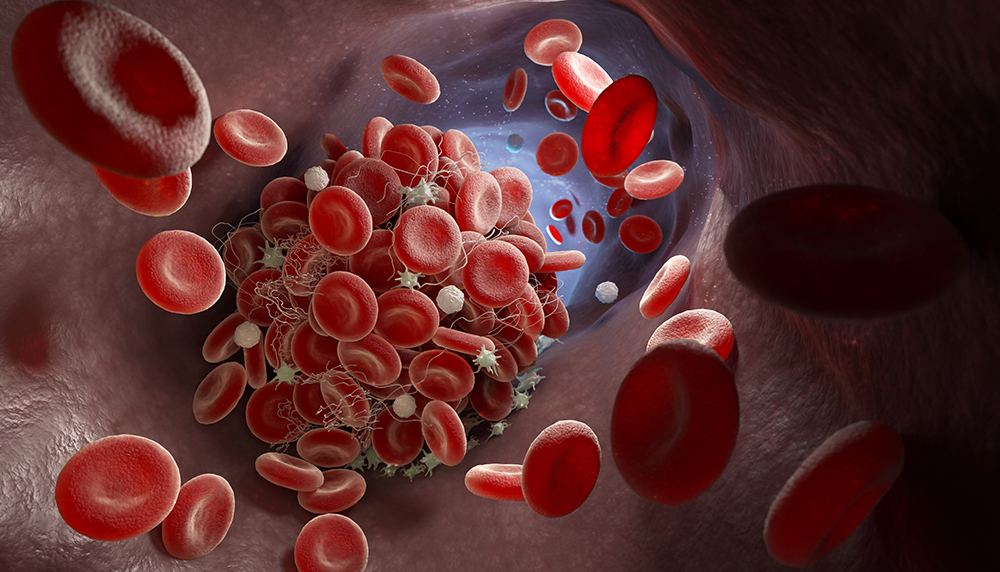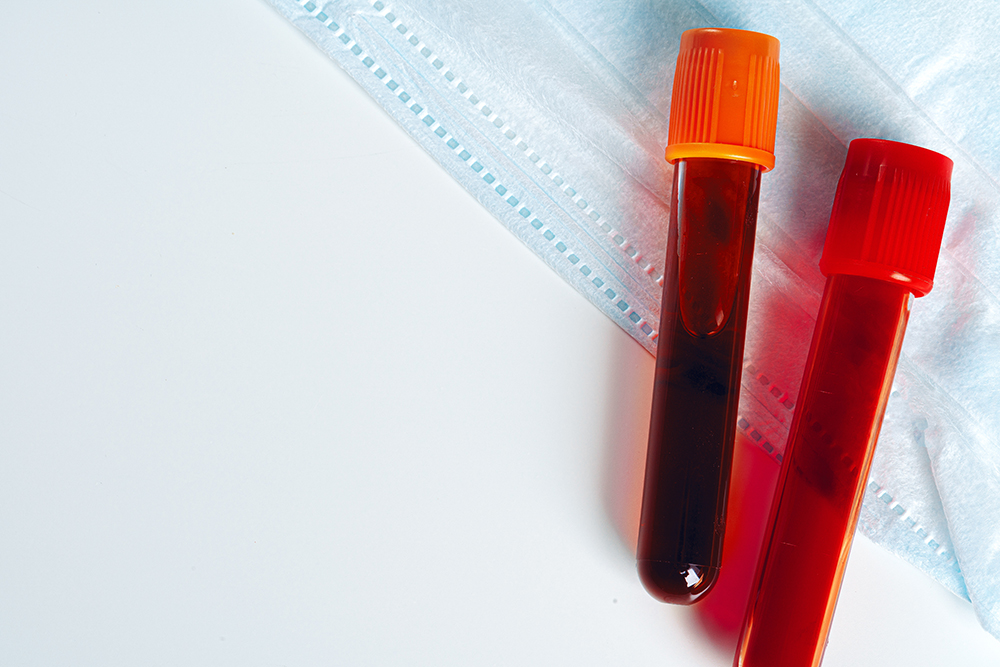Factor V Leiden is a genetic disorder related to developing deep vein thrombosis or pulmonary embolism. It follows an autosomal dominant inheritance pattern and is caused by a point mutation in the F5 gene (G1691A Polymorphism). This disorder increases the risk of abnormal blood clots and is the most common inherited blood clotting disorder. The F5 gene produces a protein called factor V, which aids blood clotting. However, the mutation in this gene changes the protein’s structure, making it more resistant to other proteins that prevent excessive clotting. Consequently, blood may clot more easily than normal, resulting in serious complications.
Factor V Leiden Mutation

Epidemiology
The most common inherited thrombophilia in the unselected Caucasian population is the heterozygosity of the factor V Leiden mutation, with a prevalence of approximately 1% to 5%. In individuals with venous thromboembolism, this mutation is also considered the most common inherited thrombophilia, with a prevalence of roughly 10% to 20%. Having this genetic mutation increases the lifetime risk of thrombosis by about 7-fold if it’s heterozygous, while homozygosity is rare and increases the risk by approximately 20-fold. Although having this mutation increases the risk of a venous thrombotic event (VTE), there is no clinical evidence that it increases overall mortality in those who are heterozygous for the factor V Leiden mutation.
Risk Factors
Factor V Leiden can be inherited from a parent who has a mutated F5 gene. If you have this condition, it doesn’t necessarily mean you will develop a blood clot, but certain factors can increase your risk. These factors include having other genetic blood clotting disorders, undergoing surgery, being pregnant, or taking estrogen-based therapies. It’s important to discuss your risk factors with your healthcare provider and take necessary precautions to prevent blood clots.

Symptoms
The factor V Leiden mutation usually doesn’t cause any symptoms, and many people who inherit it never develop abnormal blood clots or even realize they have the disorder. However, some people with this disorder may develop deep vein thrombosis (DVT) or pulmonary embolism (PE), and it’s crucial to recognize the symptoms so that immediate medical attention can be sought. It is important to note that Factor V Leiden does not increase the risk of heart attacks, strokes, or blood clots in the arteries of the legs.
Symptoms of DVT include swelling in the leg or arm, tenderness or pain in the limb, larger than normal veins near the skin’s surface, and pain in the belly or flank if blood clots affect veins in that area. Symptoms of PE include sudden shortness of breath, sharp chest pain that worsens when breathing deeply or coughing/sneezing, cough that may produce blood, wheezing, fast heartbeat, feeling anxious, and feeling light-headed or fainting.

Diagnosing
Laboratory testing, such as a blood test, is used to diagnose Factor V Leiden. Suspicions of the disorder may arise from a history of blood clots in you or your biological family members. Blood tests may be ordered by healthcare providers to determine whether your blood has resistance to activated protein C, a protein that prevents factor V from going into overdrive. If your blood is resistant to protein C, genetic testing to check your F5 gene for the Factor V Leiden mutation will be ordered by your provider. It should be noted that having a family history of blood clots may not always warrant these tests, and you will be advised by your healthcare provider on whether testing is necessary, as well as the potential benefits and drawbacks of testing.
Treatment
Factor V Leiden cannot be prevented as there are no genetic treatments available to prevent the inheritance of a mutated F5 gene.

